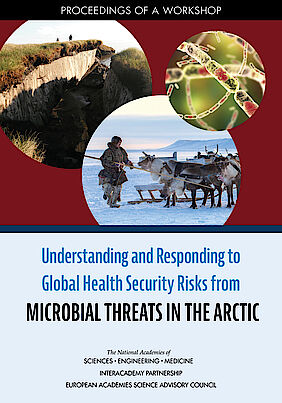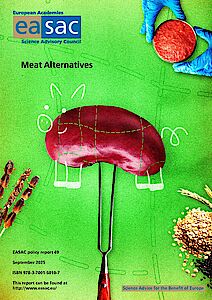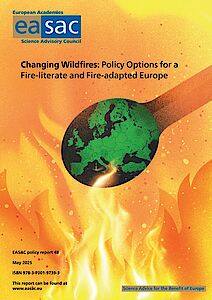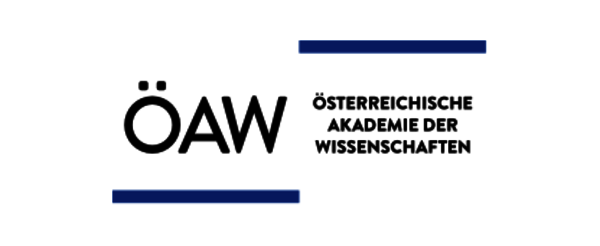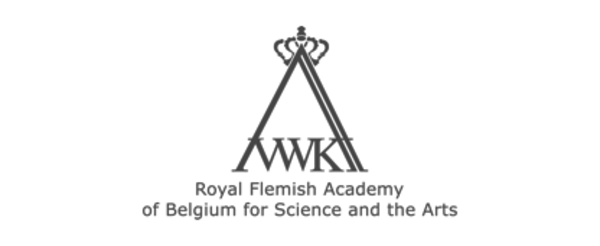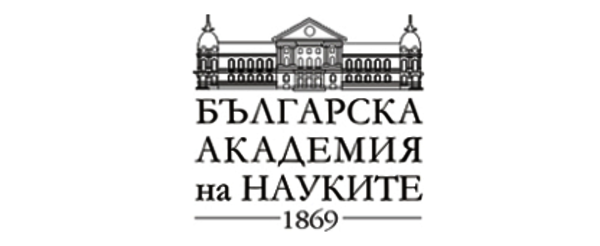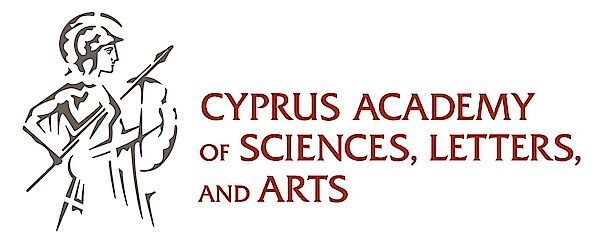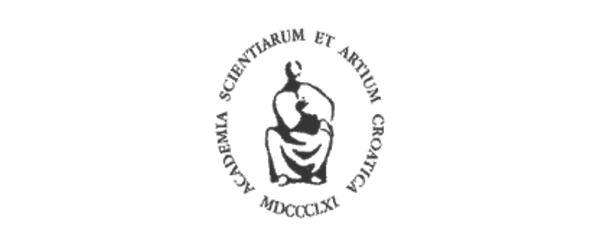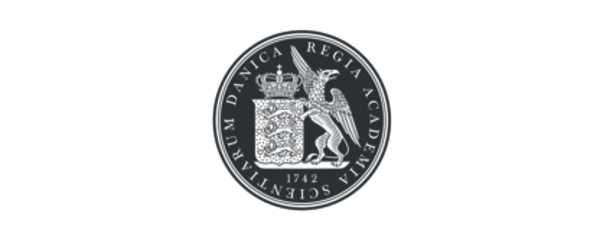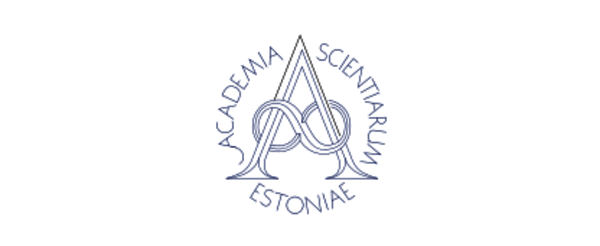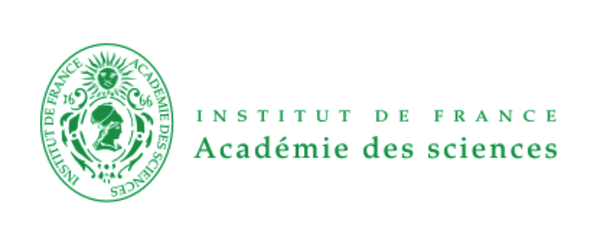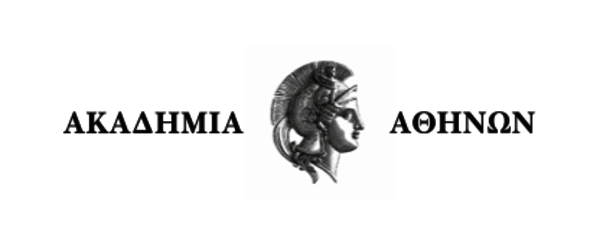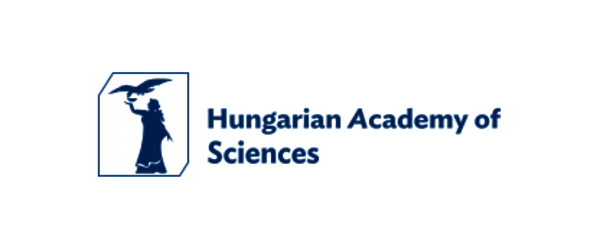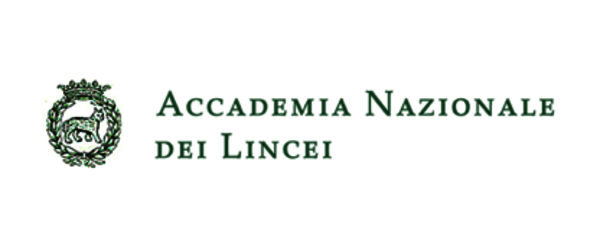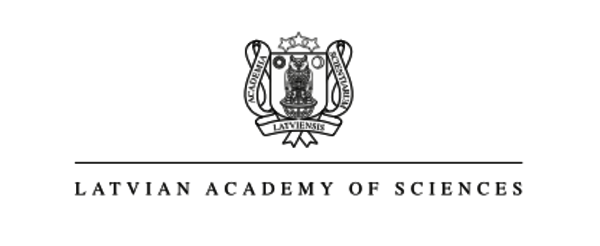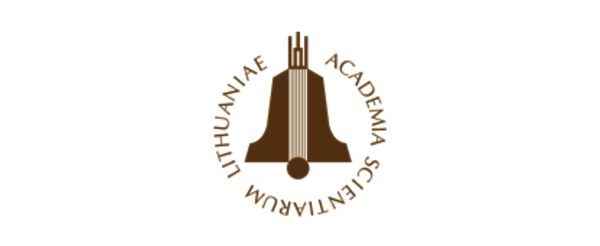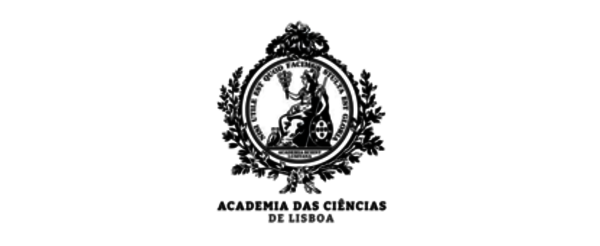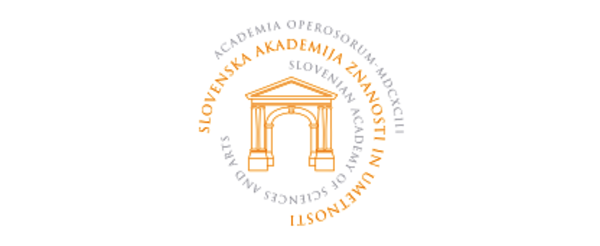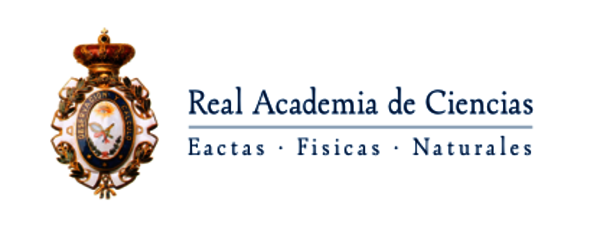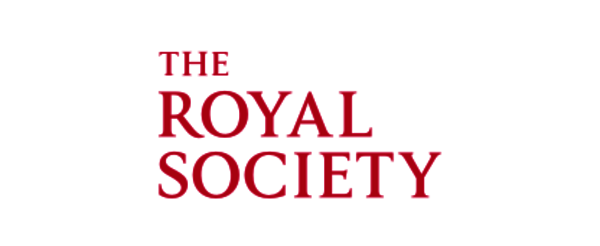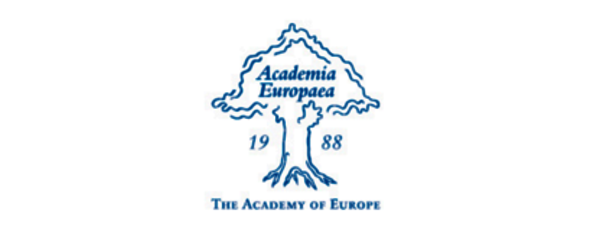Publications
Understanding and Responding to Global Health Security Risks from Microbial Threats in the Arctic
The National Academies of Sciences, Engineering, and Medicine in collaboration with the InterAcademy Partnership and the European Academies' Science Advisory Committee held a workshop in November 2019 to bring together researchers and public health officials from different countries and across several relevant disciplines to explore what is known, and what critical knowledge gaps remain, regarding existing and possible future risks of harmful infectious agents emerging from thawing permafrost and melting ice in the Arctic region. The workshop examined case studies such as the specific case of Arctic region anthrax outbreaks, as a known, observed risk as well as other types of human and animal microbial health risks that have been discovered in snow, ice, or permafrost environments, or that could conceivably exist. The workshop primarily addressed two sources of emerging infectious diseases in the arctic:
(1) new diseases likely to emerge in the Arctic as a result of climate change (such as vector-borne diseases) and
(2) ancient and endemic diseases likely to emerge in the Arctic specifically as a result of permafrost thaw.
Participants also considered key research that could advance knowledge including critical tools for improving observations, and surveillance to advance understanding of these risks, and to facilitate and implement effective early warning systems. Lessons learned from efforts to address emerging or re-emerging microbial threats elsewhere in the world were also discussed. This publication summarizes the presentation and discussion of the workshop.
ISBN: 978-0-309-68125-4
DOI: https://doi.org/10.17226/25887
National Academies of Sciences, Engineering, and Medicine. 2020. Understanding and Responding to Global Health Security Risks from Microbial Threats in the Arctic: Proceedings of a Workshop. Washington, DC: The National Academies Press. doi.org/10.17226/25887.
back to overview
